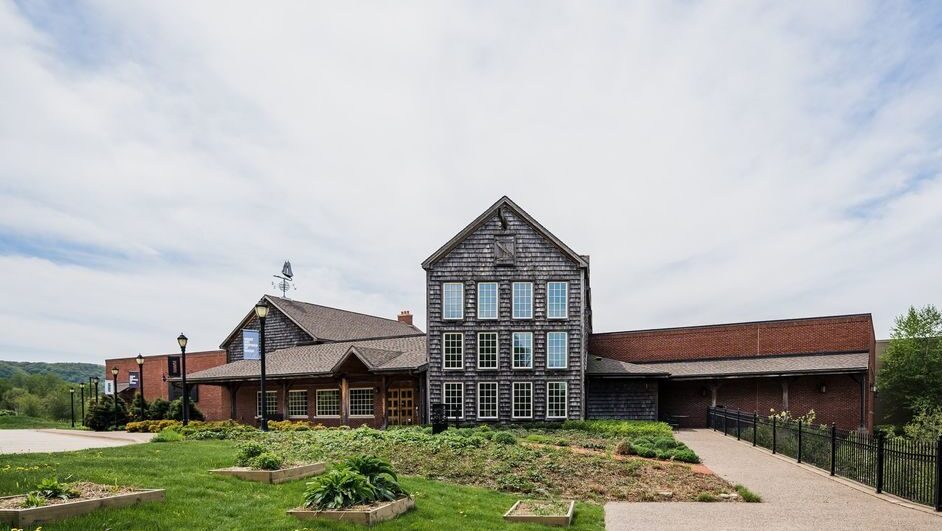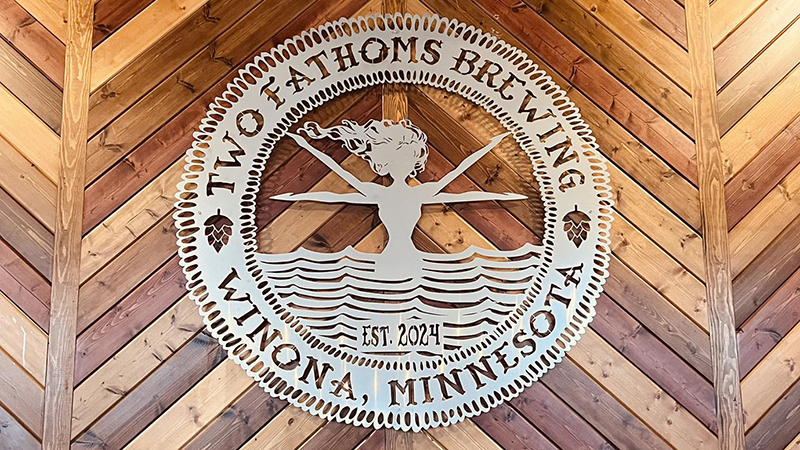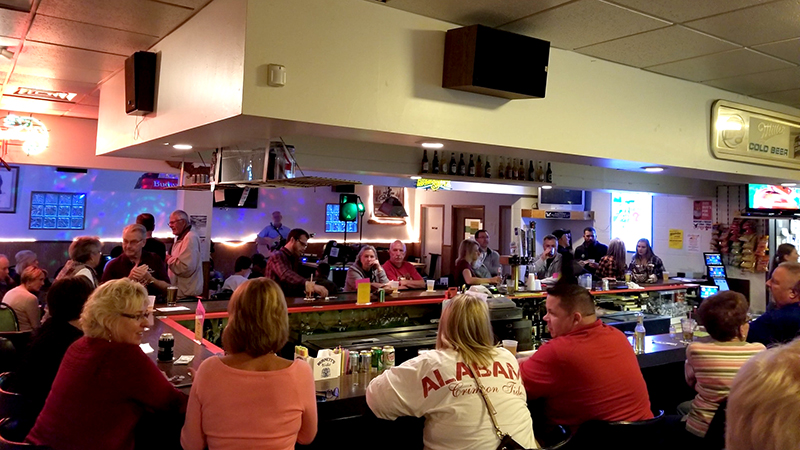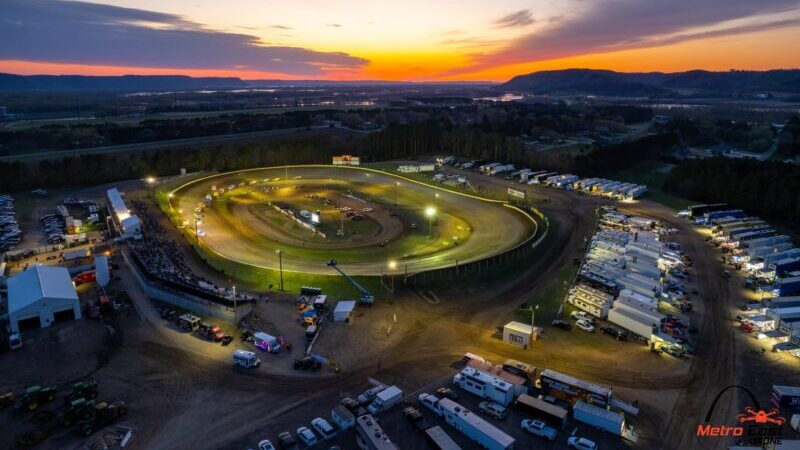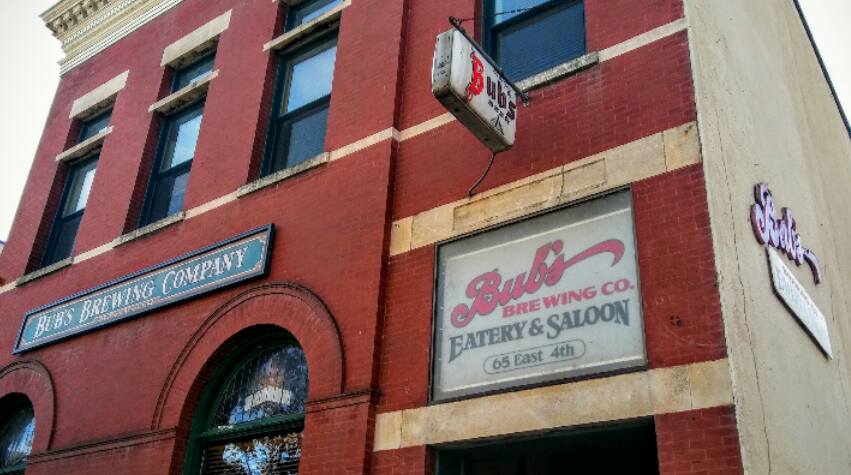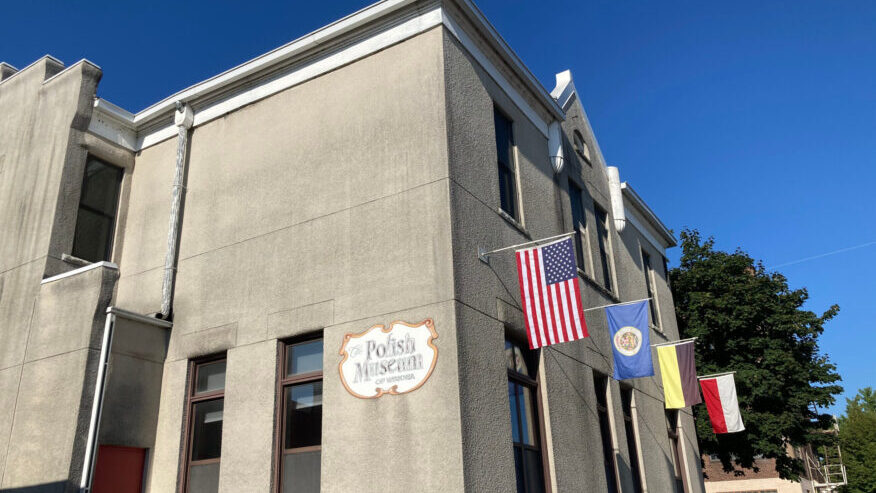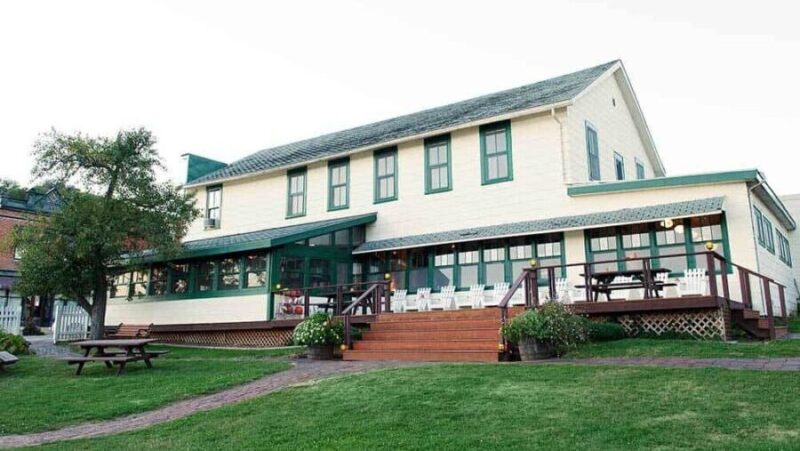River lore
When the first riverboat captains traveled up the Mississippi River searching for new frontiers, they found Winona as an expansive sandbar prairie in the midst of the river, labeled only as Island 72. In 1851, Captain Orrin Smith created the first white settlement here, referring to this place as Wapasha’s Prairie after the Dakota chief leading its resident tribe, and droves of pioneers stepped off of boats to stake land claims.
Land of opportunity
Winona’s location on the river, along with its fertile forests, made it a perfect hub for the logging and wheat milling industries, and the town soon became a thriving city filled with industry and wealth. By 1856, some 1,300 steamboats stopped in Winona annually, and it quickly became one of the largest cities in Minnesota. By the 1870s, Winona was the fourth largest milled wheat port in the nation, and the eighth largest lumber port in the Midwest. With the foundation of those industries, Winona was seen as the quintessential land of opportunity, and by the turn of the century, its population had soared to nearly 20,000.
Exquisite architecture
The gilded era of lumber barons and paddle-wheelers is immortalized here in the lavish architecture that has become a hallmark of this picturesque river hamlet. Elaborate cornices, grand buildings, and vibrant stained glass beckon for a stroll through the historic downtown today just as they did a century ago, having been lovingly preserved by a community that cherishes its river history.
Insider blog:
Winona Loves its History
Eat Your Heart Out, New York City
Legacy Weekend




